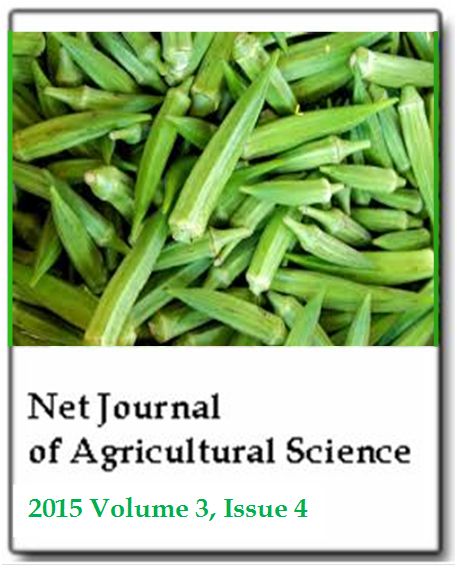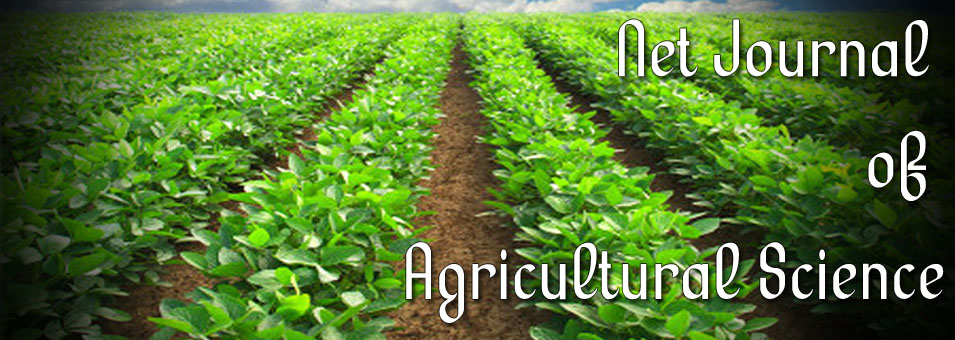Effects of farmers’ demographic and socio-economic characteristics on soil degradation in different physiographic units of Nyakach Sub-county, Kenya
Maurice Odhiambo Kodiwo, Charles A. Otieno and Francis Ang’awaNet Journal of Agricultural Science
Published: December 2 2015
Volume 3, Issue 4
Pages 112-124
Abstract
A number of scholars contend that demographic and socio-economic characteristics influence soil degradation. However, the nature and extent of the relationship varies spatially and temporally. Nyakach Sub-county in Kenya is characterized by high levels of soil erosion, low agricultural production and high poverty. This research aimed at establishing the relationship between soil degradation and: 1) demographic characteristics of the farmers, 2) social characteristics of the farmers, and 3) economic characteristics of the farmers in different physiographic units. Simple random sampling was used to select 388 homesteads out of about 13,300. Questionnaire and field measurements were used to collect primary data. Descriptive and non-parametric inferential statistics were used to determine the effects and associations. Kendall tau-b association test was used to test the associations of soil degradation and farmers’ characteristics with physiographic units. Chi square test for independence was conducted to confirm whether farmers’ characteristics and soil degradation were independent of the physiographic units. Results show that soil erosion depth had significant association with age, main occupation and income. A number of demographic and socio-economic characteristics of farmers were dependent on physiography. Agricultural policies based on demographic and socio-economic statuses of farmers must take into consideration site specific topographic conditions.
Keywords: Demographic, socio-economic, soil degradation, physiographic units.
Full Text PDF
